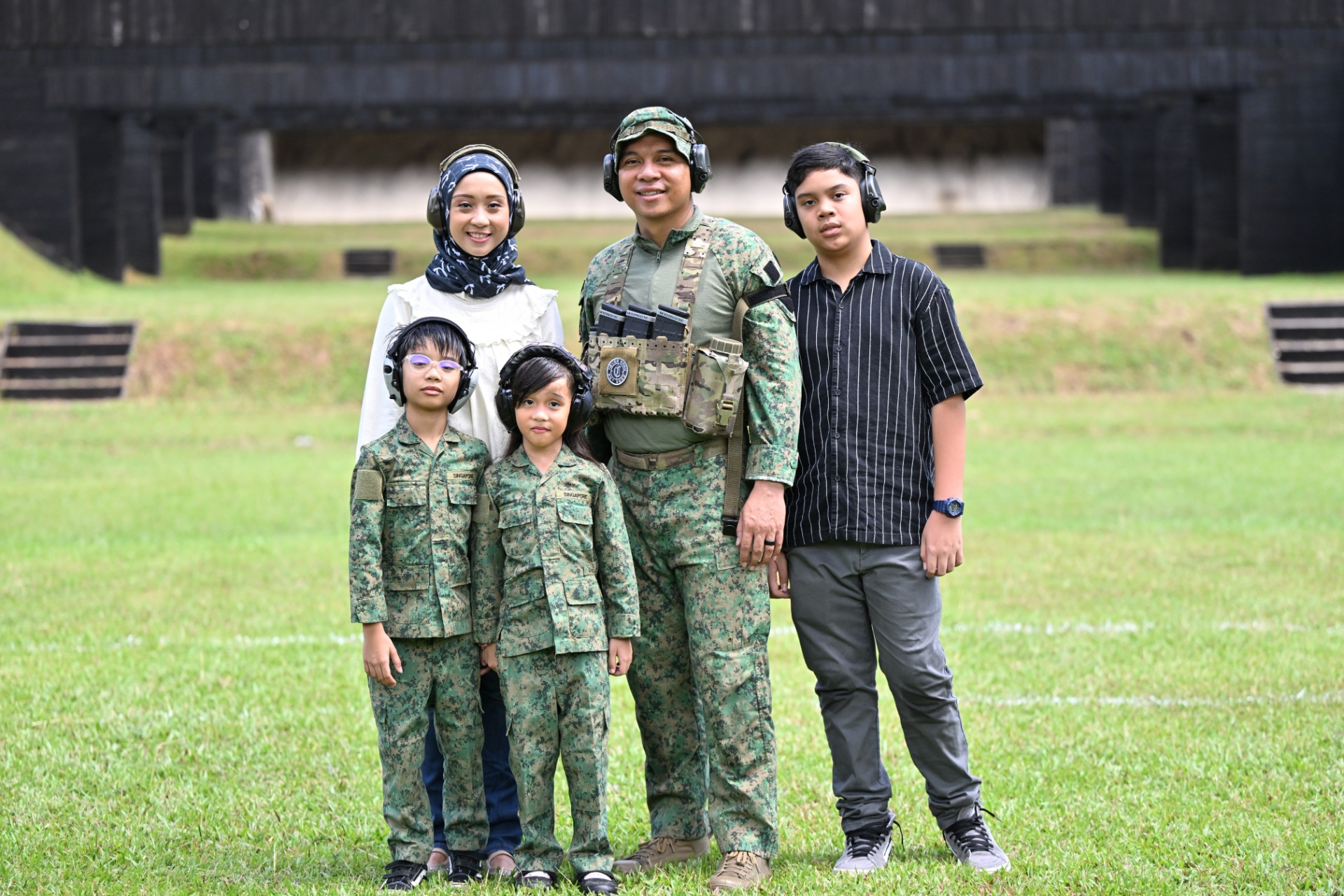WHEN I SAY JUMP...
PHOTO // PIONEER Photographers
PIONEER finds out what it takes to be part of these elite airborne troopers as the Singapore Armed Forces (SAF) Commandos celebrate their 40th anniversary.
Imagine taking the plunge from a thousand feet above ground. What might be deemed an exhilarating adventure for some, could be a hair-raising experience for others.
But for the SAF Commandos, this is all part and parcel of their journey to becoming a member of the Red Beret family. To earn the coveted "parachute wings", all trainees must complete a Basic Airborne Course (BAC), during which they are taught to execute military parachute jumps from aircraft.
The Commandos use this method to enter enemy territory covertly, often under the cover of darkness, to carry out special operations such as infiltration and reconnaissance missions.
As Major (MAJ) Simon Tan, Commanding Officer of the Special Operations Training Support Centre, put it: "Parachuting is one of the stealthiest ways of insertion, and any special forces in the world worth its salt will have specialised teams that can do this."
Step it up
To the casual observer, parachuting may seem pretty easy. Especially if you are watching the Red Lions gliding effortlessly through the air at the National Day Parade (NDP). For each and every would-be Red Lion and paratrooper, however, there are various classes to attend, coupled with numerous practice jumps and long hours of preparation. And their journey begins at the BAC.
Not every soldier gets to attend the BAC. To pass the selection test, all aspiring paratroopers must be medically certified and physically fit. And before a trainee even thinks of taking that first jump off an aircraft, each has to go through 10 days of arduous ground training.
This comprises several drills, from learning to don the parachute gear correctly, to breaking his fall when jumping from various heights, as well as executing the proper emergency safety procedures.
A four-storey tower jump at Hendon Camp is the last hurdle to clear. Successfully passing this evaluation test indicates that the trainee is physically and mentally ready to take the leap, before it all culminates in a descent from an aircraft. Once in the air, the paratrooper has to focus on the tasks at hand: controlling his canopy to prevent any mishaps and landing safely in the designated landing area.
A recent graduate of the BAC, Full-time National Serviceman 3rd Sergeant (3SG) Vikneswaran said of his first plunge: "Although it was my first jump, I felt like a Red Lion. My friends who landed after me started packing up their parachutes and waving like it was the NDP!"
Master the skies
If diving from 3,500ft (1,066m) in the sky and landing on a target that is 2cm in diameter (the size of a 20-cent coin) sounds impossible, think again. This feat was achieved by 2nd Warrant Officer (2WO) Tan Lee Khoon during the 10th Asiania Parachuting Competition held in Chengdu, China, in 2006.
Having chalked up more than 1,000 jumps, it comes as no surprise that this veteran of over 21 years is one of the Red Lions.
A seasoned parachutist, 2WO Tan said that although military parachute operations are not as showy as the aerial stunts performed in the sport of skydiving, they come with their own set of challenges.
In addition to carrying heavy combat loads of up to 40kg, paratroopers must be adept at conducting jumps in the day as well as during the night. In the Advanced Military Free Fall Course, trainees learn high-altitude jumps (from over 10,000ft) and navigation, while free-falling, in almost total darkness.
Said 2WO Jasper Ng from Headquarters Commando: "Landing together as a team is especially important during tactical jumps because it allows us to carry on with the next phase of our mission more quickly and efficiently."
Airborne all the way
Contrary to popular belief, most paratroopers are not your stereotypical daredevils. Parachuting is all about taking calculated risks. And with safety of paramount importance during airborne operations, the ability to maintain one s cool and composure is perhaps the most crucial quality of a good paratrooper, said MAJ Tan.
"When you're in the air at that height, you need to keep calm so that you can make quick decisions in any contingency," he added. "High levels of discipline and situational awareness are also marks of a good paratrooper unit because you have to execute all the drills correctly and precisely, such as maintaining the appropriate distance from your fellow jumpers."
For 2WO Tan, the biggest satisfaction he derives from his job as a military free fall instructor is the sense of achievement when he sees a trainee "grow into an operational jumper who can jump side by side with us".
One such trainee is 3SG Vikneswaran, who said: "It was the biggest highlight of my National Service. I used to be very timid, but the confidence I've gained through this course has made me more daring. Now, I feel like I am able to conquer any challenge thrown my way."
He added with a smile: "After my ORD (Operationally-Ready Date), I definitely intend to do skydiving to keep up with the sport!"
These badges represent the basic skills and efforts of SAF parachutists.
Basic Airborne
Basic Airborne Course (BAC) requires trainees to clock five jumps, including two with full combat equipment and one night jump. All five jumps are static-line jumps, which means a cord attached from the aircraft to the parachute pulls it open the moment trainees jump out.
Senior Parachutist
To be eligible for this badge, personnel have to complete 25 jumps, which must include combat equipment jumps, night jumps and tactical jumps.
Master Parachutist
This badge is earned by successfully completing 60 jumps, which must include combat equipment jumps, night jumps, tactical jumps and water jumps.


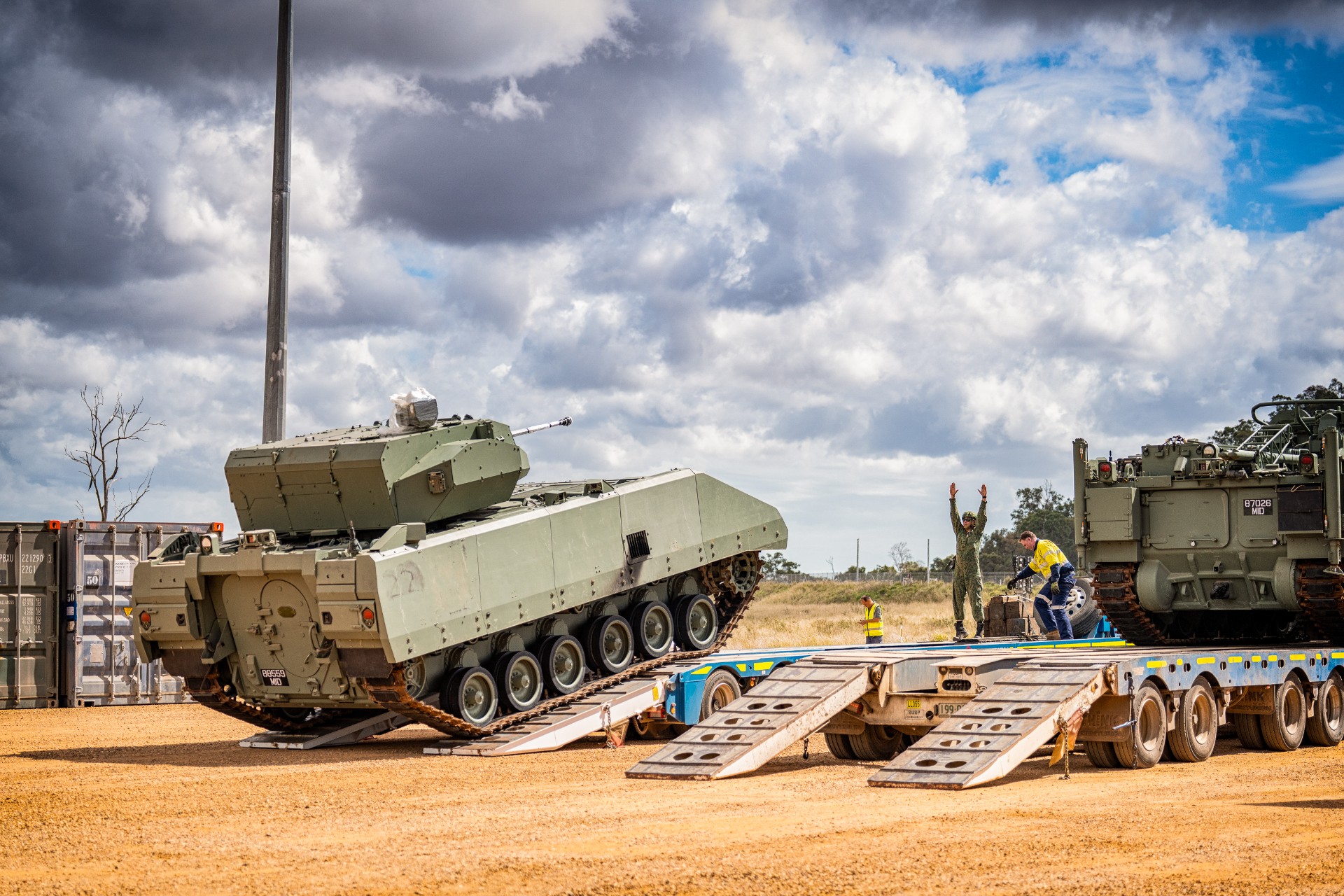
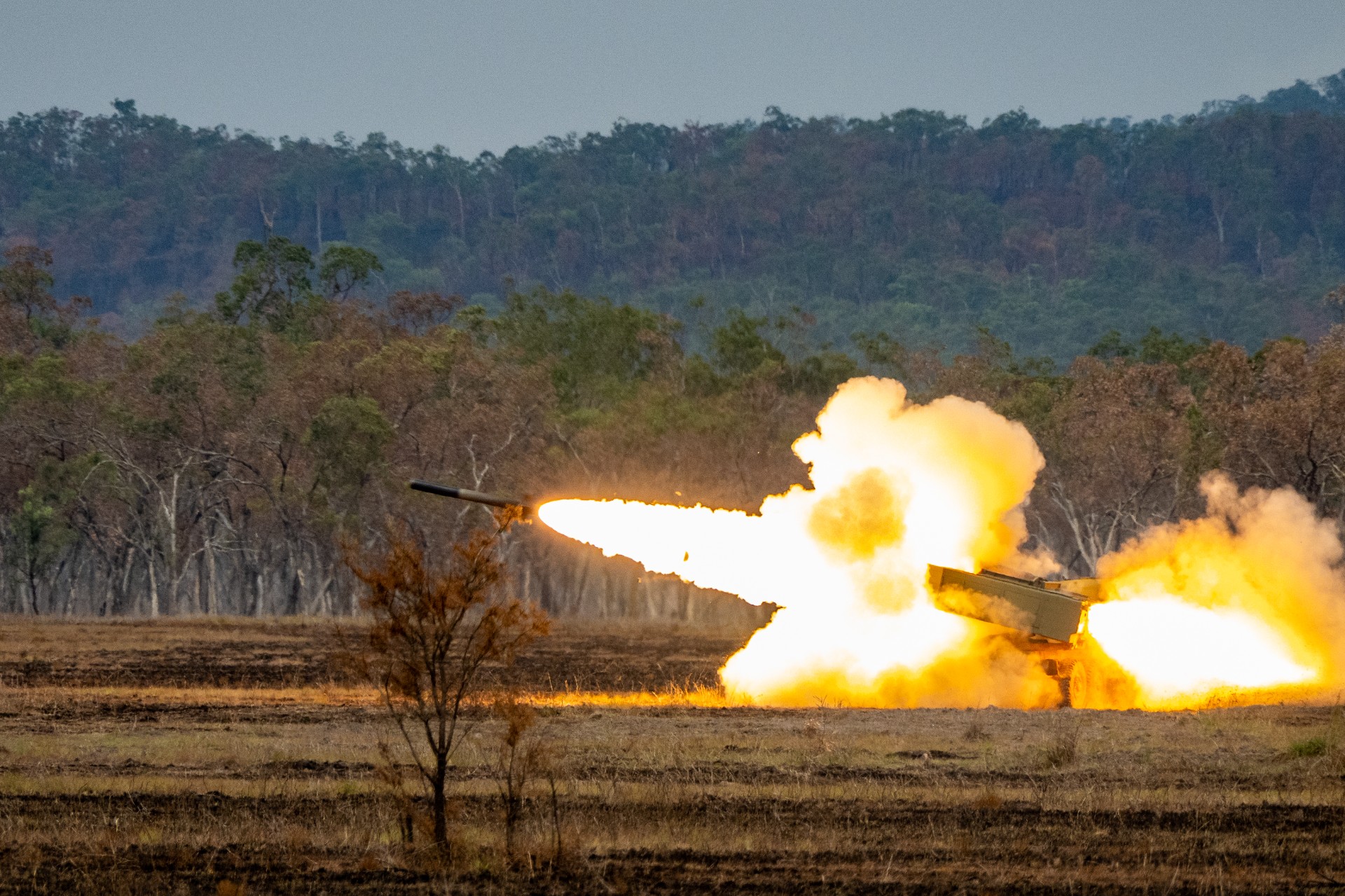
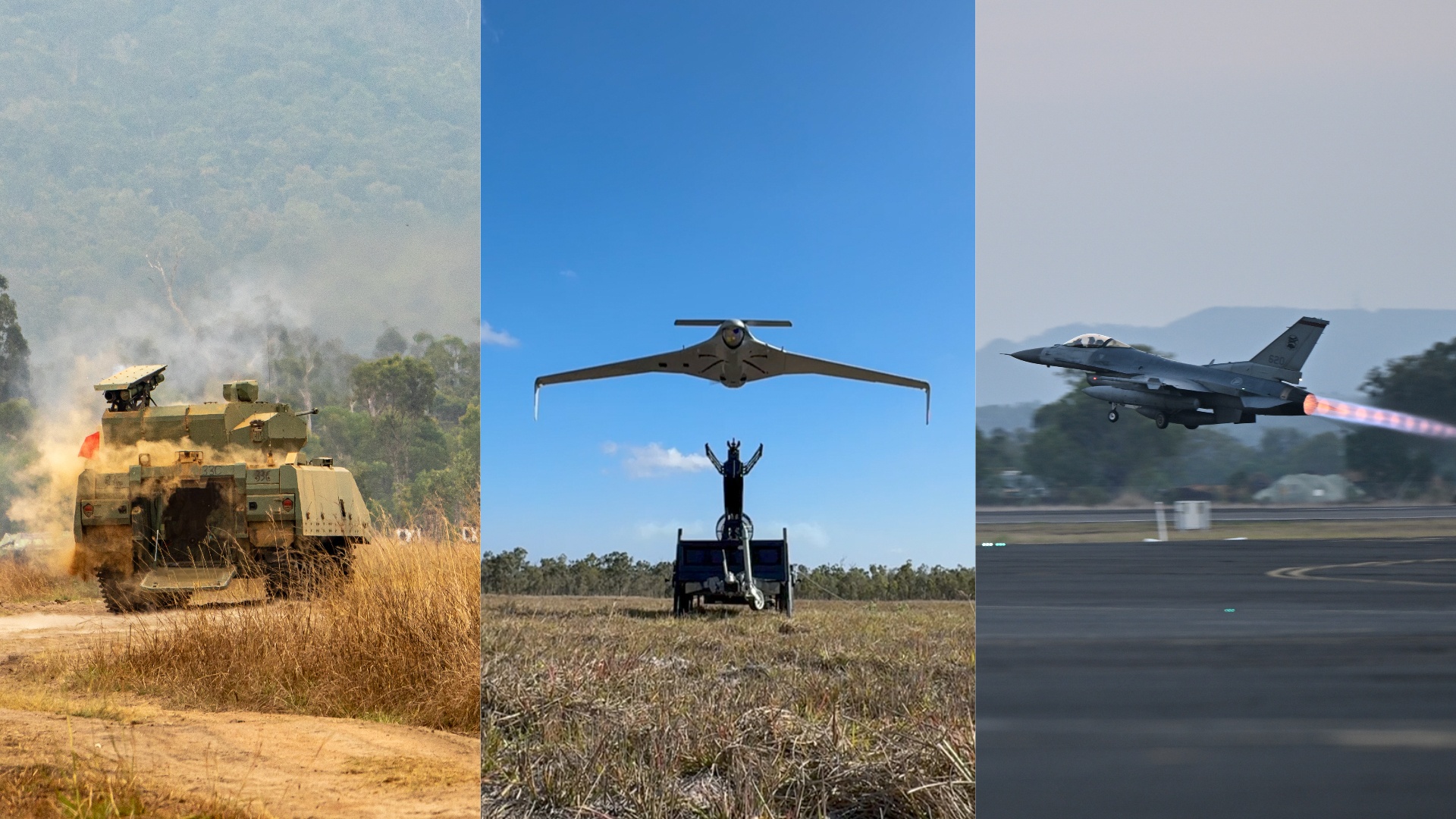

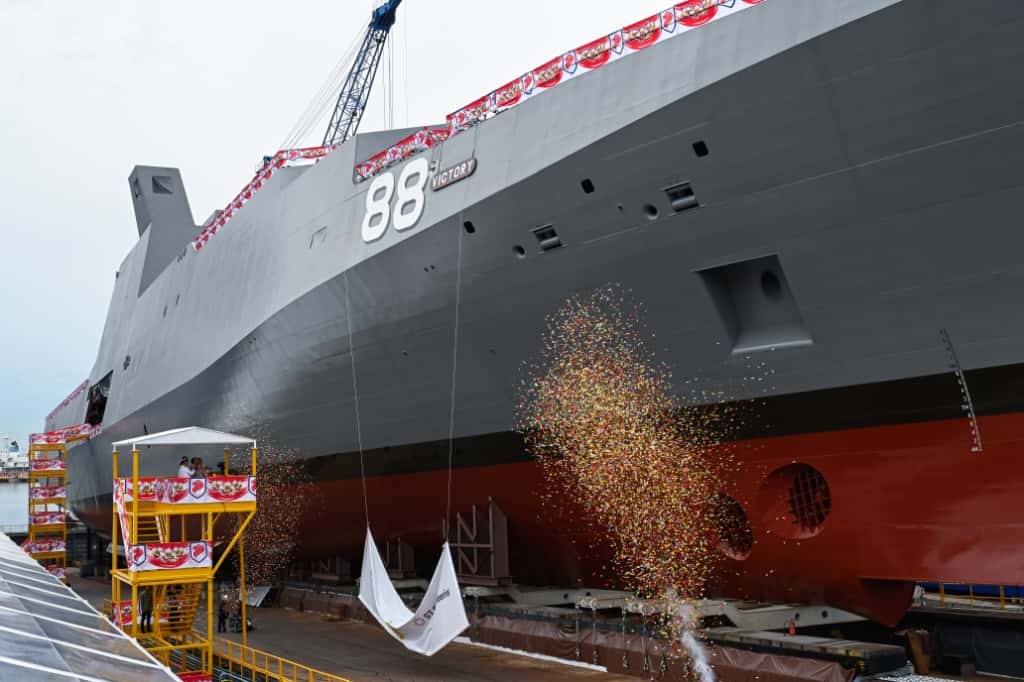
-dsc_2181.jpg?sfvrsn=cf8a503f_1)


